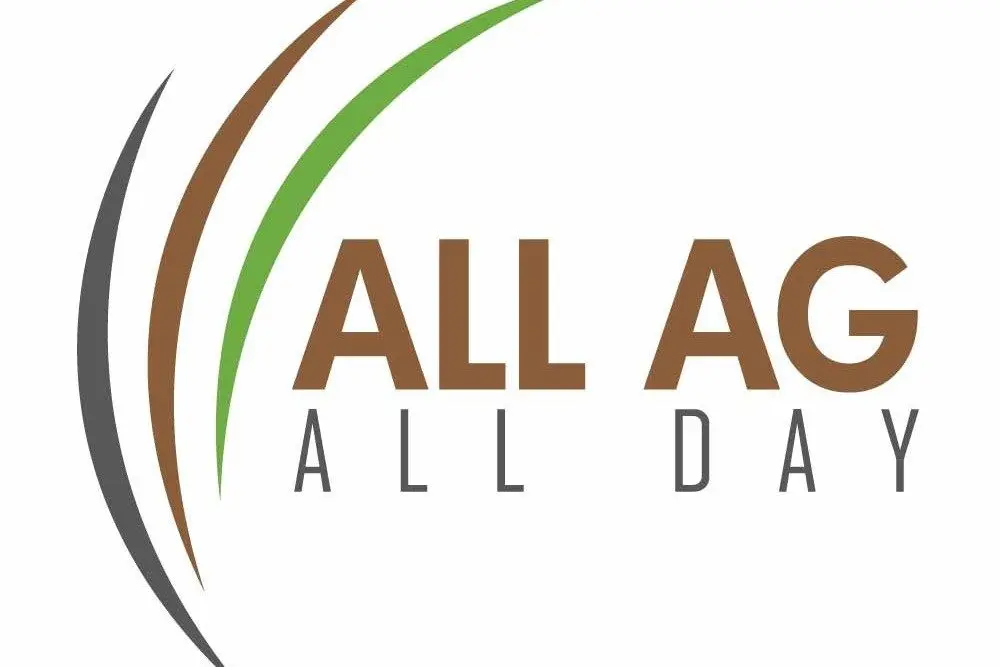
All Ag, All Day is the nation's only full-time farm radio station with studios in Floydada and Nashville, TN (www.AllAgNews.com)
Farm Sentiment Softens As Prices Pressure 2025 Plans
NASHVILLE, TN – Tight margins are reshaping on-farm decisions heading into 2026. Purdue/CME’s September Ag Economy Barometer held at 126, but producers’ view of current conditions slipped as USDA projected record corn and soybean yields alongside weaker prices.
The Index of Current Conditions fell to 122, while Future Expectations edged up to 128, reflecting hope that policy relief could offset price pressure. The Farm Financial Performance Index slid to 88 and the Farm Capital Investment Index dropped to 53, signaling more caution on equipment and facility upgrades.
Short-term farmland value optimism weakened for a fourth straight month, with most expecting values to hold steady rather than climb. Support for tariffs is fading and uncertainty is rising, even as many anticipate MFP-style assistance if trade frictions drag prices. Cover-crop adoption remains widespread, and users report planting them on a larger share of acres than in 2021, underscoring a shift toward cost control and resilience.
Farm-Level Takeaway: Prepare for tighter cash flow, delayed capital buys, and policy-driven risk management this fall.
**********
AI Boom, Tariff Frontloading Lift Trade; Ag Braces
GENEVA, SWITZERLAND – Global trade ran hotter than expected in early 2025, and that matters for agriculture’s supply chains. The WTO now sees merchandise trade up 2.4% this year (vs. 0.9% prior), lifted by North American “frontloading” ahead of tariff hikes and a surge in AI-related goods that soaked up ships, ports, and chassis. South-South commerce also accelerated, adding ballast to demand in emerging feed, food, and fiber markets. But the outlook cools fast: 2026 trade growth is trimmed to 0.5% as tariffs bite and inventories unwind, with transport services also expected to slow.
What it means for ag: 2025’s pace has generally supported export movement—though AI hardware competed for container and port capacity at times—while frontloaded imports likely pulled forward some farm inputs (machinery, parts, packaged goods). Regional patterns matter, too: Asia and Africa are expected to lead export gains in 2025, highlighting opportunity for U.S. grains, oilseeds, meat, and cotton where price and logistics are competitive; North American exports are seen softer, signaling the need to defend market share. Into 2026, fading frontloading and higher tariffs could temper container availability and shipments, with mixed effects on freight rates and export pacing.
Farm-Level Takeaway: Use 2025’s relative strength to move product and lock logistics; plan for a cooler 2026 with tighter margins on exports, potential rate shifts, and a premium on reliable delivery into growth markets in Asia and Africa.
**********
Bred Heifers vs. Developing Your Own: Three Economic Checks
LUBBOCK, TX – When calf prices are high, it’s easy to look at bred heifer prices and assume you can raise replacements cheaper—but the math is trickier than it looks. University of Kentucky Extension livestock economist Kenny Burdine points to three big guardrails: (1) Opportunity cost—the largest cost of a homegrown heifer is the cash you don’t take by selling her at weaning (and high interest rates make that foregone income even more expensive). (2) Attrition and selection risk—not every heifer you develop will breed or meet your standards; the “misses” get sold as feeders and their losses get rolled into the cost of the ones that do make your herd. (3) Timing value—a bred heifer purchased this fall likely weans a calf in 2026, while a weaned heifer you retain won’t produce until 2027; if 2026 is a strong calf year, that earlier calf value is already “priced into” today’s bred heifer.
Practically, compare apples to apples: start with her market value at weaning as your first cost, add realistic development expenses (feed, grazing, breeding, health, labor, facilities), include conception rates and cull losses, and apply a sensible interest or discount rate. Then run a timing scenario for 2026 vs. 2027 calf values to see which path best fits your cash flow, genetics goals, forage base, and labor.
Farm-Level Takeaway: You can’t out-cheap the market if you ignore opportunity cost, culls, and timing—price the heifer you keep as if you bought her, and let realistic breeding and calf-year assumptions pick the winner.
**********
Cargill Steak Report Finds Consistency Drives Diner Loyalty
MINNEAPOLIS, MN – Steak still signals quality and celebration, but Cargill’s first “State of Steak – Foodservice Edition” says restaurants win loyalty by nailing the basics: doneness, tenderness, presentation, and clear menu cues. The report finds one in four steak customers left unhappy with their last restaurant steak—most often over inconsistent cooking or cuts—at a time when past experience is the top driver of where guests dine.
Guests gravitate to the “Big Four” cuts—ribeye, sirloin, filet, New York strip—and increasingly expect visible grading, flexible portion sizes, and straightforward language that makes ordering easy and exciting. Cargill urges operators to tighten both back- and front-of-house execution: train servers to guide cut and doneness choices, empower kitchens to hit specs every time, call out quality signals (e.g., USDA grade, “no artificial ingredients”), and pair steaks with promotions that tap into celebration and comfort.
Farm-Level Takeaway: Reliable, clearly graded middle meats still anchor demand; programs that deliver consistent eating quality and simple, confidence-building menus capture more repeat visits—and more value—back through the beef chain.



